-
Posts
5,308 -
Joined
-
Last visited
-
Days Won
5
Content Type
Profiles
Forums
Blogs
Gallery
Events
Store
Posts posted by leigh kitchen
-
-
Looks like the white "8" on red lozenge insignia of 1st/8th Bn Lancashire Fusiliers worn during & after WWI.
0 -
I thought about putting in a bid for this on eBay a few weeks ago but thought better of it.
Depending on the type of paint & the fabric it may be possible to chip or peel the paint off.
I had complete success with this Wolesely using a penknife blade to remove a thick layer of white & khaki paint aouple of months ago, even getting the paint of the pagri, but then it's probably a case of success with a different type of paint & different fabrics.
0 -
-
Yes, that's what I've said about the Musicians badge - I should've worded it differently perhaps.
I have 1/2 dozen or so of the slidered version of the GG badge - could also be RA of course.
0 -
Yes, as I said - "The Grenadier Guards wear the "flamed grenade" as a cap badge, ranks below full sergeant ("gold sergeant") and other than musicians (the guards term for what the army generally call bandsmen) wear the grenade with no device on the ball."
The grenade badge I refer to is the "cap badge" (cap "star") type, shown, which I believe was introduced in 1896 (although I stand to be corrected), rather than other forms of grenade insignia.
0 -
A "typo" there Jerry - RASC rather than RCT for a 1950's cap - RCT formed 1965, they wore the RASC cap minus the white piping around the lower edge of the headband.
0 -
I'm sorry, but that's what happens with links - I'll amend the post.
0 -
On 12/8/2015 at 22:57, Lisa barnes said:
Fusilier Leslie Stewart (not Steward) was my great uncle, this has been both fascinating but horrifying to read. I am not sure my grandmother (his sister) knows the full extent of what happened to him, and as she gets older and more frail. Does anyone know for sure that their bodies were recovered? Were they buried? I would love to find out if there are any more stories about him or if he can be identified in any of the photographs on this blog post. Thank you, it has brought someone to life who I never met but heard talk of frequently.
"Xsniper", a 1RNF NCO who was involved in this incident confirms that the remains of all of the Fusiliers and Argylls who were killed were recovered and interred at Silent Valley, Saudi Arabia.
Some photographs taken at the military funerals are shown on page 4.
0 -
A terrible experience for your father and all others concerned in it, thank you for providing this information, chilling though it is.
0 -
-
It may not do a lot to clean the fur I suppose, but I used one of those sprays that are sold by pet shops for grooming dogs fur (while it's still on the dog).
Worked well, a bit of a gentle brushing with that, "feeds" the fur.
0 -
Thank you - I'll give all 3 colours a go then.
0 -
Didn't take long for you to get on to beer did.it? And another tiger badge?
0 -
Found the photo - it was on the site I thought it was on, I just find it a little difficult to navigate around the site:
http://lancs-fusiliers.co.uk/feature/Kitna/kitnerpricenew.htm
0 -
You raised a perfectly valid point, I just rattled off well repeated anecdote without being specific.
A quick google should produce plenty of images around on the web of LF wearing their cloth badge & hackle to the left in the GS cap & dark blue beret - there's a lovely photo in existence - an LF sergeant major or officer conducting what appears to be the Heimlich manoeuvre on a bugler, presumably improving on the "victims" performance on the instrument, now when I want it I can't find it.
Interestingly, upon adoption of the Fusilier Brigade badge, 4 RRF "conformed" wore their berets with badge & primrose hackle above the left eye.
Have LF "always" worn red & yellow Minden roses rather than other colours?
Some of the Minden regiments wore other colours eg KOYLI wore a single white rose (I've been shown a photo that indicates that they wore the rose on the beret & on the left breast) & at least one "entitled" regiment (KOSB?) didn't wear commemorative roses.
0 -
Very nice. 1953 to 1968 as they were amalgamted that year to form the Royal Regiment of Fusiliers. I have two for this rank for the RA, one Great war and the other second world war but othewise very much the same as they did not change much until the 70's.
1953 - 58 - ish for the 1st bn regulars who would have worn the badge of the Fusilier Brigade from about 1958.
TA would have worn it until past 1968 Graham?
0 -
To me it seemed more than coincidence that the plume was worn on the left side of the fur cap & that the LF chose to wear the GS cap/ beret with the hackle well to the left..
It has been maintained to me by ex - LF men that the plume / hackle was a battle honour awarded for the action at Spion Kop & that other honours were bestowed, including a rose emblem on the colours, I've read (somewhere) that the hackle was worn to the left because LF considered it fitting that it be worn there as it was a battle honour.
I'd tend to the view that it would be a commemorative emblem for service rather than an honour for a specific action such as Spion Kop which was hardly a resounding victory for the regiment.
Perhaps to put a bit of PR polish on a war which had its share of bad results for the British the plume was feted as an honour & the Fusiliers chose to regard it as a battle honour - a reward for gallantry & sacrifice.
0 -
The 3rd badge - the one I have has "Bangladesh" under the flag - but that doesn't mean that the one you're showing isn't one that iis or was worn in a UN mission.
0 -
Thank you, I had a suspicion that it was going to be other than a military unit insignia but didn't know what it was.
There are no other marking inked in to the liner.
I think I have 3 helmets with camo cover but this is the only one with insignia of any kind applied, one of the others has the names of various towns & villages inked on it & the other bears no markings.
0 -
It's great that the 1914 StarStar is "found", that it isn't lost for goof. I wonder how it became seperated from the rest of the group?
0 -
Had anybody any idea as to whether this insignia relates to a city or town or a military unit please?
0 -
-
I'll try to find it ( the magazine's somewhere in the garage).
0 -
There was a very short article in Militaria magazine years ago. using lengths of wood bolted togethert so that it was articulated - it could fold in to a square shape or drop open to form a flat "skeleton" & hang like a coat hanger with "arms" & "legs", dressed in tunic & trousers. I never got around to that either........
0




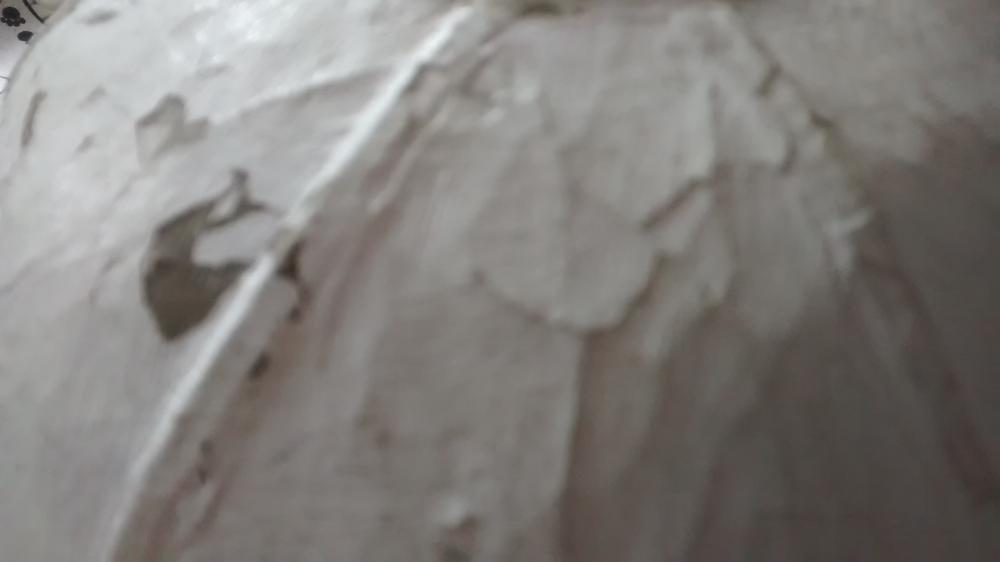
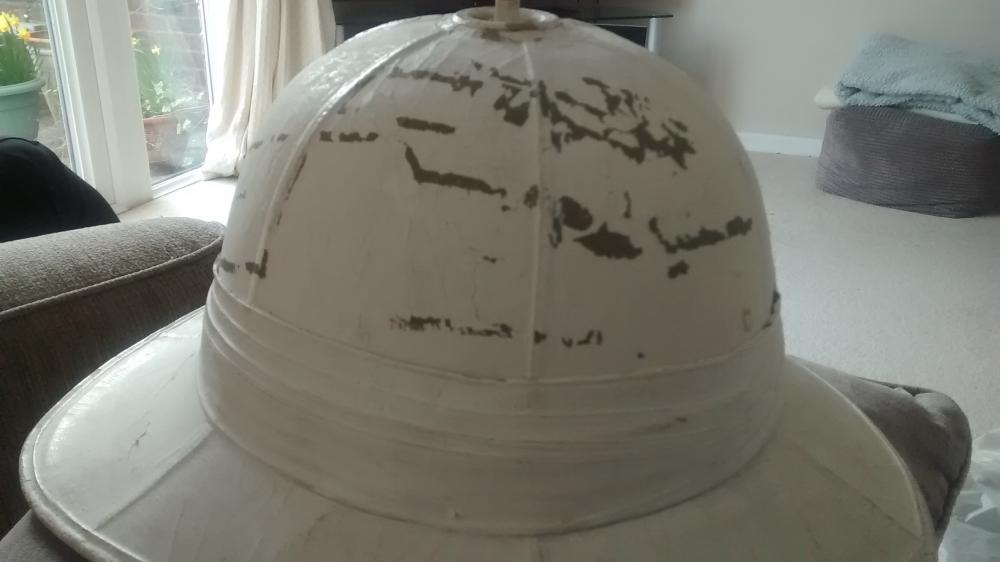
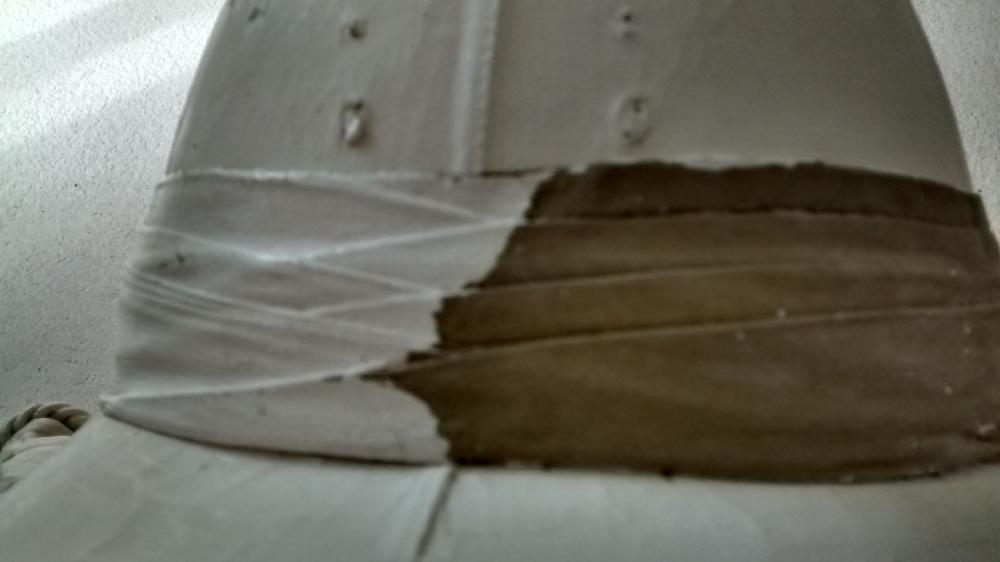
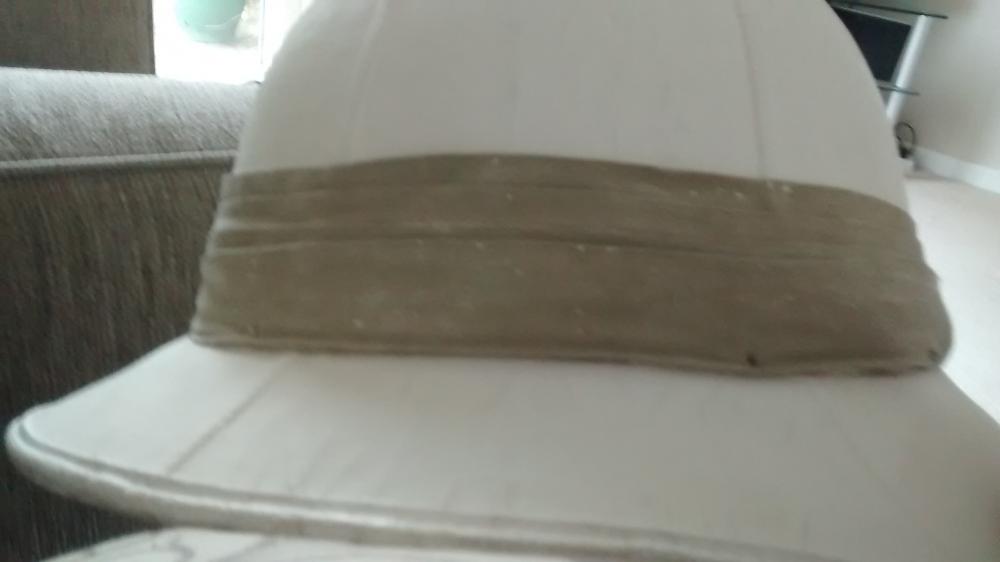
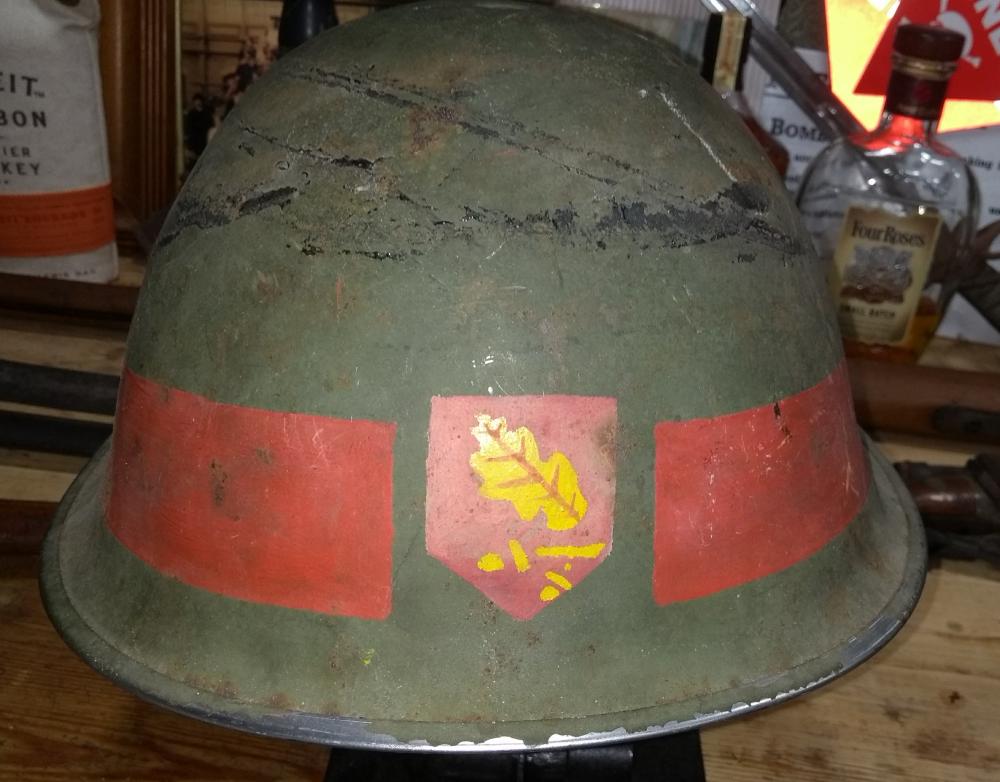


![Price_Bugler[1].jpg](https://gmic.co.uk/uploads/monthly_2015_08/55d1d47070860_Price_Bugler1.thumb.jpg.0f8e87cb5c45fc10214b2fdee535662d.jpg)


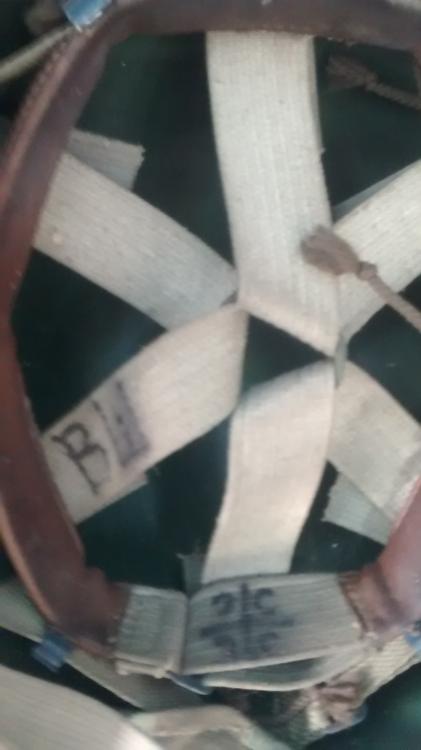
Follow up on my previous post
in Great Britain: Militaria: Badges, Uniforms & Equipment
Posted
Pouch for a flute or similar?